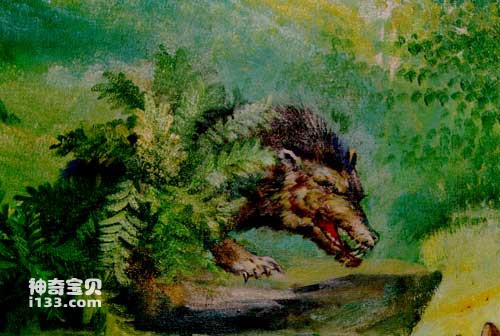The history of carnivores can be traced back to protozoa hundreds of millions of years ago, when amoebas ate other single-celled organisms. Throughout the entire history of life, carnivores have continued to introduce new species along with the evolution of the entire biological world. At any stage of life history, carnivores are an indispensable part of the earth's ecosystem at that time.

Hyaenodon
By the late Cretaceous, although carnivorous dinosaurs such as Tyrannosaurus rex, which were huge and ferocious-looking, still dominated the terrestrial ecosystem, there was already a small, mouse-like true beast called Trigonodon in Asia. Mammals diverged from primitive insectivores and quietly joined the ranks of carnivores. By the early Paleocene, many different species of animals, classified as paleocarnivores, had developed. However, these ancient meat-eaters were still quite primitive in many aspects, mainly because the crack teeth specially used to tear meat had not yet formed. In the Eocene, some species of ancient carnivores began to have cleft teeth composed of first upper molars and second lower molars, or second upper molars and third lower molars.
As ancient carnivores continued to develop, a progressive type emerged from the ancient cat beasts, an ancient carnivore in the Paleocene. Their cleft teeth consisted of the fourth upper premolar and the first Composed of lower molars. Since then, a new type of carnivore - carnivorous mammals - has appeared. This forward-moving split tooth structure made the job of tearing meat more efficient. Coupled with a series of other progressive institutional structures, carnivorous mammals began to develop. When most ancient carnivorous animals became extinct at the end of the Eocene Epoch, , they completely replaced the status of ancient carnivores starting from the Oligocene. Among the ancient carnivores, only the hyaenodonts continued into the early Pliocene.
animal tags: hyaenodont carnivore
We created this article in conjunction with AI technology, then made sure it was fact-checked and edited by a Animals Top editor.